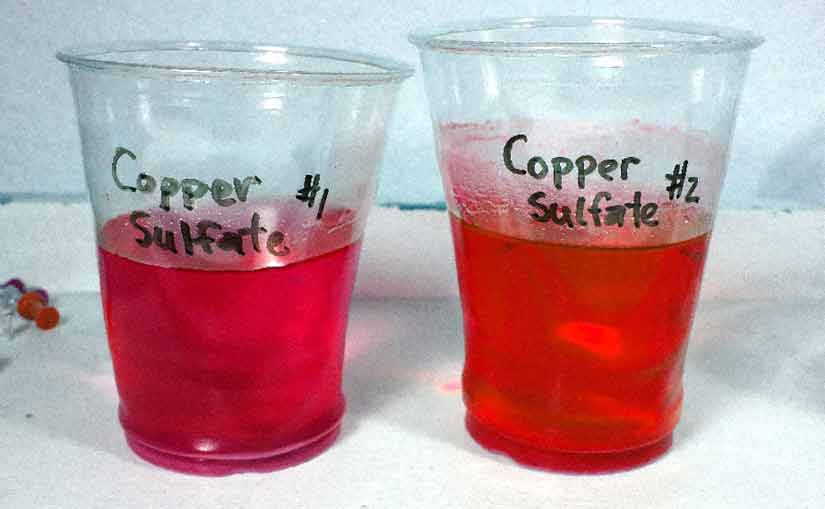This
article will discuss how to keeping groundwater away from lateral lines. Ground water is
literally water that falls into the ground and goes back into the atmosphere.
Rainfall delivers groundwater to the soil. Once it’s in the soil groundwater
flows on the surface, towards the lakes or streams. Part of this groundwater is
utilized by the plants. Some of the groundwater return to the atmosphere
through the process of evaporation. Most of it penetrate the soil and goes
through the rock, clay, and sand formations that make up the aquifers. Aquifers
are the usual source of drinking water in many communities. They are accessed
by water suppliers through wells that go through rock and soil. There are homes
that have wells built in their premises so that they could tap into the clean
water supply. It is unfortunate that a large percentage of groundwater is
already contaminated by activities performed by man.
One of the
activities noted here is the building and maintenance of septic systems. These
are valuable in every home because it treats and purifies wastewater before it
is returned to the surrounding environment. Most homeowners take their septics
for granted for whatever reason. As one of the responsible homeowners, your
main goal is to know the ways of keeping
groundwater away from lateral lines, which are valuable components of your
septic system. Your septic system is comprised of the septic tank and the drain
field. The septic tank collects and pre-treats the raw wastewater. It then
passes the pre-treated effluent into the drain field, where it is further
treated and purified before its release into the environment. Lateral lines are
part of the drain field. It distributes the pre-treated effluent evenly into
the drain field. These lines are made up of perforated pipes that help in the distribution.
To keep groundwater away from the lateral lines and the effluent it contains,
you have to be a responsible home and septic owner. The following are some
considerations in keeping groundwater
away from lateral lines:
ü Avoid dumping
non-biodegradable materials and grease into drains and toilets.
The
resident anaerobic bacteria won’t be able to degrade them. They will just stay
in the tank and clog the system , including the lateral lines,until the
wastewater overflows, backs up, and floods your property. The raw sewage will
then seep into the ground and contaminate your groundwater.
ü Do not use harsh
chemicals on toilets and drains.
Opt
for eco-friendly products so that you could avoid killing off the resident
anaerobic bacteria. if these bacteria disappear, the solid waste products will
not be degraded anymore. They will just buildup in the septic tank and flow
straight into the drain field’s lateral lines. Clogging of the lateral lines
will ensue and the effluent will reach the groundwater in no time.
ü Keep heavy
structures and vehicles away from the lateral lines.
These
should always be placed away from the lateral lines because their weight can
easily crush lateral lines. The damage will bring about leaks that will allow
the wastewater to mix into the groundwater. Never treat your lateral line area
as a garage, driveway, or storage.
ü Make sure to pump
out the septic tank regularly.
Getting
rid of the sludge in your septic tank will help keep your groundwater safe. If
it stays for a long period in your tank, it will build up and occupy the space
needed by wastewater to be treated. The tank will overflow and the raw
wastewater will overflow, flood, and seep into the soil, straight into the
groundwater.
ü Conserve water in
your home.
It’s also important
to save water so that the septic tank won’t experience a sudden inflow of water
that will stir up the solid waste particles. When this happens, the bacteria
won’t be able to degrade the solid waste particles. Clogging of the lateral
lines will happen and the effluent will overflow. The groundwater will be
contaminated as the effluent seeps into the soil.
Your groundwater is
a valuable resource. You should work hard with your septic expert to ensure its
safety at all times.

